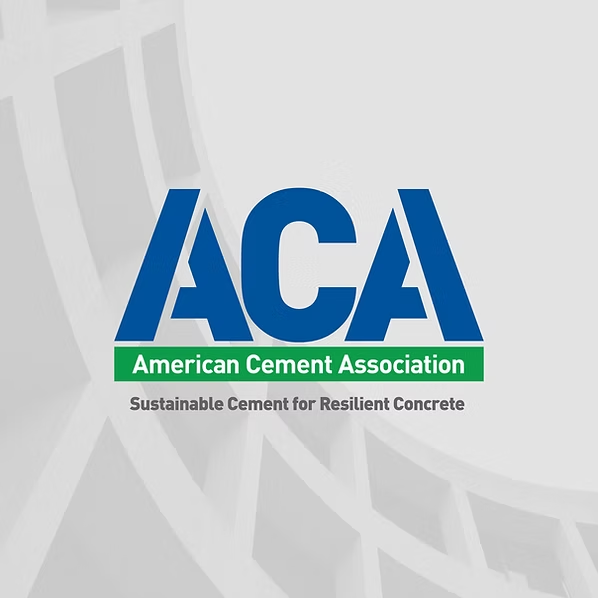Reducing Carbon at the Construction Site
The cement and concrete industry’s product is ultimately the built environment.
- The cement and concrete industry’s product is ultimately the built environment. No matter the type of infrastructure, concrete construction provides a sustainable and resilient built environment.
- Concrete is used to create some of the most energy-efficient, long-lasting and climate-adapted infrastructure. Concrete’s thermal mass, reflectivity, strength, durability and resiliency make it part of the solution to address climate change and global warming.
- Every structure is designed on basic principles like strength, stiffness, stability, durability, and long-term performance. Despite advances in buildings codes and design, there is still an inherent amount of overdesign in materials and structures.
